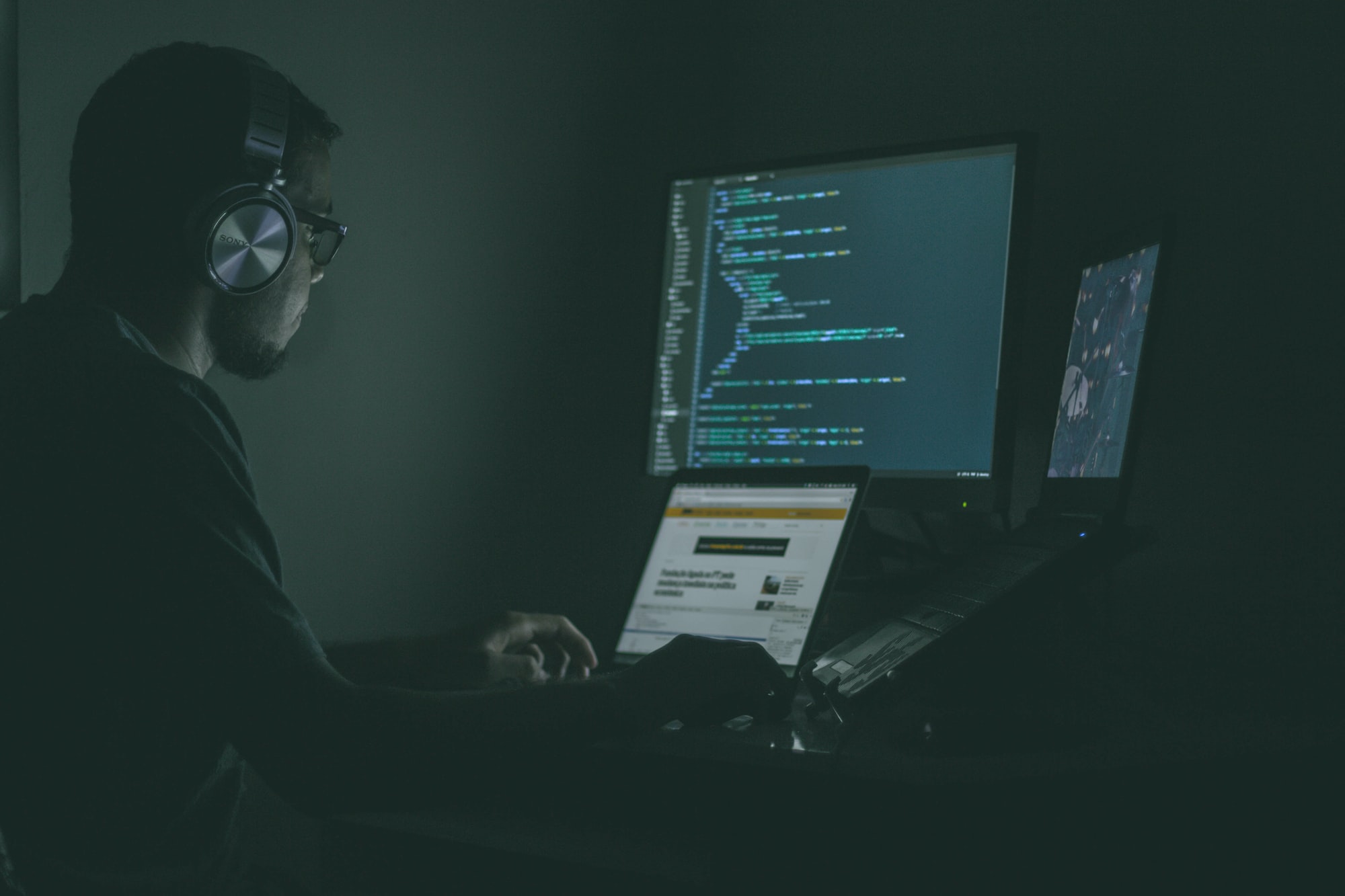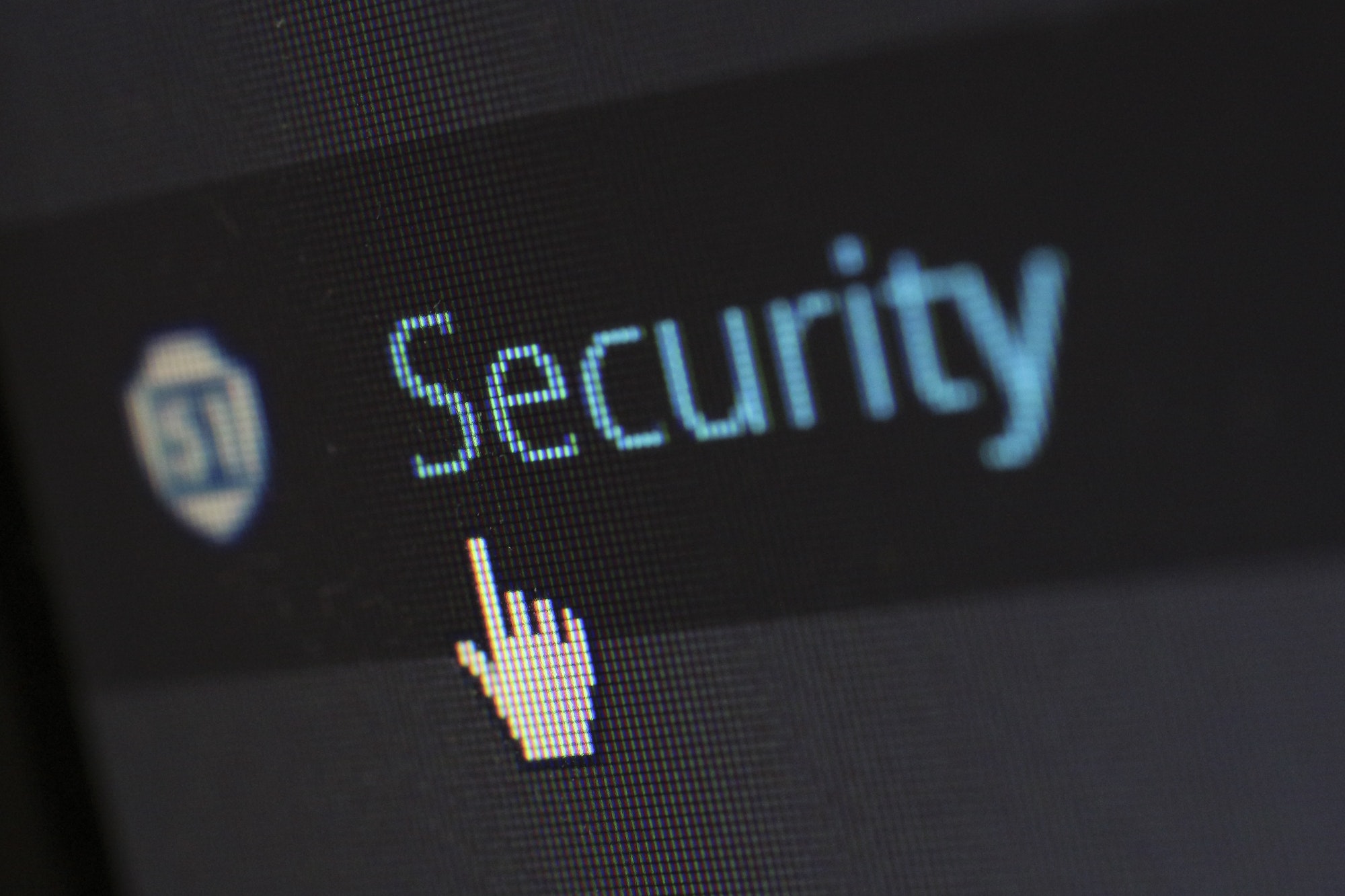Cybersecurity threats are constantly evolving, and businesses worldwide are all at risk. While countermeasures, like antivirus programs, are widely available, the human element still plays a significant factor in preventing most cyberattacks. Unfortunately, some employees still lack knowledge of the latest threats and how to avoid them.
So we’ve listed below some of the common cybersecurity threats to help inform your employees.
1. Phishing
Phishing is the biggest cyberattack that most companies face today, and it continues to evolve, costing billions of dollars worth of damages.
This cyberattack occurs when a threat actor pretends to be a trusted contact, usually from a credible business, and deceives the victim to click a malicious link or download a malicious file. In extreme cases, victims give out sensitive information, like bank credentials. Such information could end up in the dark web where hackers use them for cyberattacks. To stay ahead of potential threats, you should constantly monitor the dark web by employing essential dark web monitoring tools.
Your employees need to be vigilant by knowing the different signs of phishing attempts, like checking for typos on the email or the domain.

2. Malware
“Malware” refers to malicious codes that hackers use to gain unauthorized access to company networks. Through these codes, hackers can steal data or, worse, damage computers. It can impair small businesses, in particular, by creating damages that require costly repairs or replacements.
Fortunately, there are antivirus programs available to counter malware. Meanwhile, it’s still best that your employees refrain from downloading files from malicious websites or emails or connecting with infected machines. The cybersecurity measures such as antivirus software, using multi-factor authentication and so on can help consumers stay safer online. But it’s not just about them – data mining is going on almost all of the time (and not only when individuals are surfing) which means you should consider giving up some privacy too!
3. Ransomware
Hackers use ransomware to take money from businesses by encrypting essential company data that can’t be accessed unless paid for a significant amount of money.
Ransomware infects a device through spam or phishing emails, malicious websites and applications, and removable drives. While there are software for ransom removal that can help detect ransomware on computers, training your employees to be vigilant can prevent any infection. They should practice backing up their files, isolating suspicious emails, and reporting unknown sites or applications to tech support.

4. Weak Passwords
Human error is a significant factor in most cyberattacks. An employee might create a weak password that can be guessed easily and use that password on different accounts too. This is one of the biggest causes of data breaches in a company, especially if you have an insider within your employees or malicious visitors snooping around your computers.
Weak passwords are a recurring issue that can be avoided by training employees to create a strong password combination. There are also password generators or managers that can help develop hard-to-crack passwords for team members.
5. Remote Work Threats
With many companies going remote or hybrid, employees could be more vulnerable to different cybersecurity threats. Employees could be exposed to malicious emails and download unauthorized files without immediate support and supervision. Hackers could also access company files through public Wi-Fi networks if employees like to work outdoors.
Always stress to your employees the dangers of suspicious emails and unauthorized downloads. You can provide antivirus programs even if they’re using their personal devices. Finally, if they work outside, like in coffee shops or parks, they should refrain from connecting to public Wi-Fi networks and only use their mobile hotspots.

Stay Educated on the Evolving Threats
Cyberattacks continue to grow aggressively. Protect your business by employing the latest technology on cybersecurity and educating your employees about the risks and how to prevent them. So, while the threats continue to evolve, your company gets stronger and stronger the more you’re knowledgeable about the dangers.
